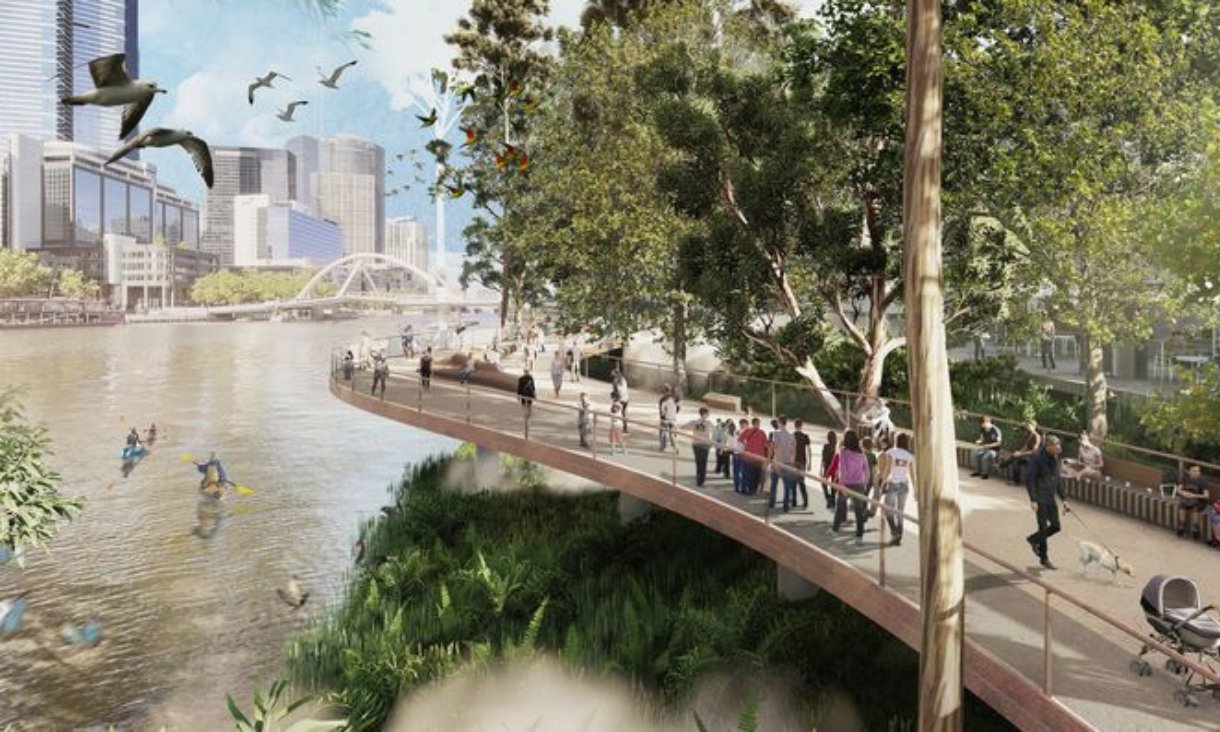“My design idea was looking at enabling access through lighting,” said Rathjen.
“We had a tight schedule, so we had to be flexible in our thinking, finding aspects that need improving or fixing and creating broader strategies and then applying them creatively.
“The experience was a wild rush of designing thinking and creative expression full of collaboration.”
Tirtono said that he learned the importance of collaboration during the project.
“I feel that just design is not enough but also communicating between disciplines is also important to achieve a better outcome on a project like this,” he said.
“I explored and pushed myself during this studio to find a personal perspective on how I understood the project; by doing this then it becomes personal and relevant.”
On the last day, the team’s competing visions were presented to a jury of landscape and planning professionals, some of whom had been supporting the students through the duration of their contribution.
The critique was joined by Professor Ling Wang from SJTU and leaders from the industry: Ethan Zhang and Alex Breedon from ASPECT Studios, Sean Song and Lucas Dean from TCL, Lee Parks and Sam Jacob from Aecom and Dr Ha Thai, Associate Professor Katrina Simon and Jock Gilbert from RMIT Landscape Architecture.
Tirtono said that he found the feedback important in helping his understanding of how to design for public space.
“Designing for the public and responding to their needs are integral in a project like this, because at the end public space is for people,” he said.
"To successfully design we must listen and open possibilities. Moreover, public space not only benefits locals in its function, but can also affect how international visitors perceive Melbourne, and this is where an initiative like the Greenline Project can shine.”
“People underestimate the power of a properly designed landscape,” agreed Rathjen.
“Enabling a space and creating new ones in way that people need. A great landscape allows people to create their own agency. Empowering people by simply them being in a space is very powerful.”
Tirtono says he remains interested in pursuing public design as a career option.
“Currently, I am most interested in designing for people on public space, asking questions like how people occupy the space, how they react to it, what outcome can be improved?” he said.
“However, I’m also mindful about the continuous degrading of the environment happening right now. I would love to combine both aspects and see how it goes!”
Story by: Finn Devlin








